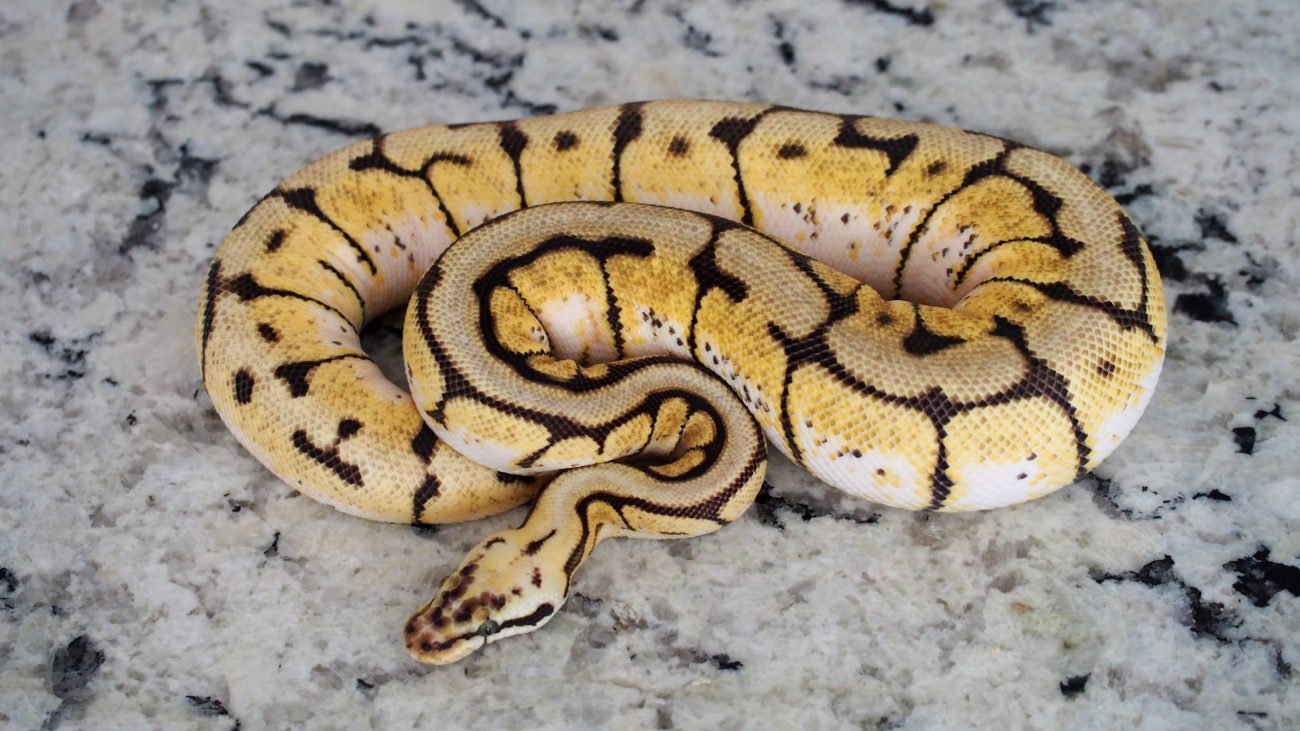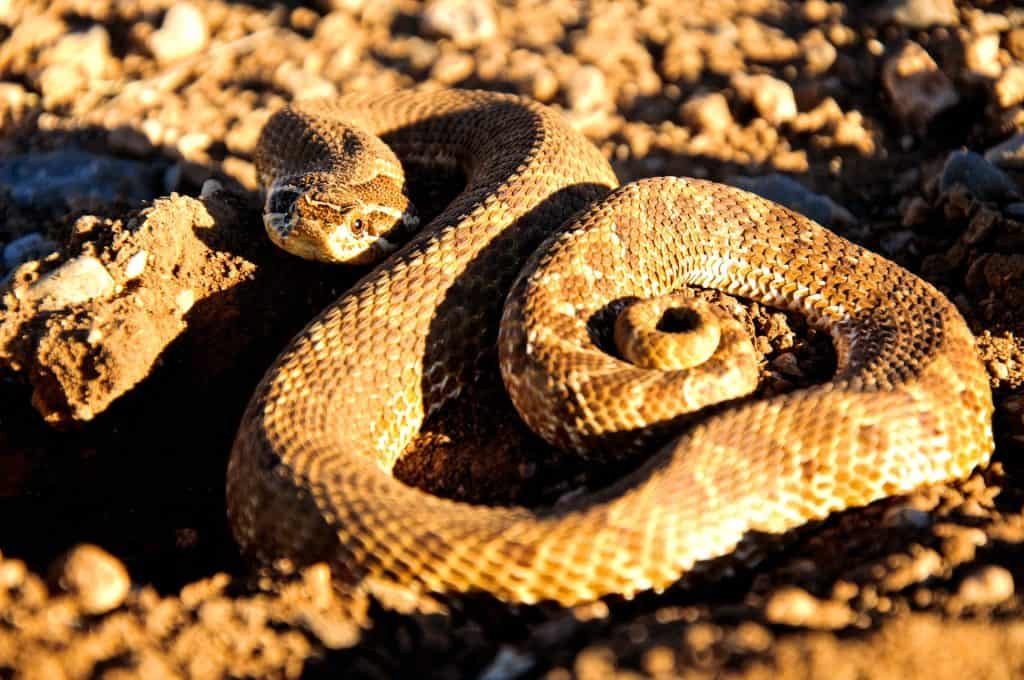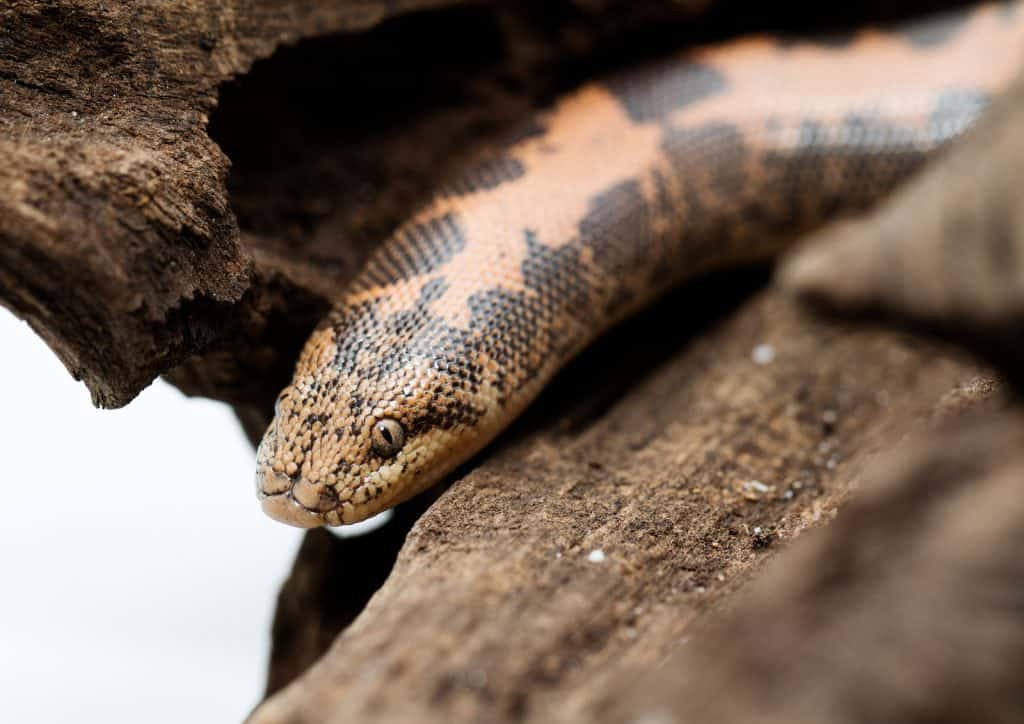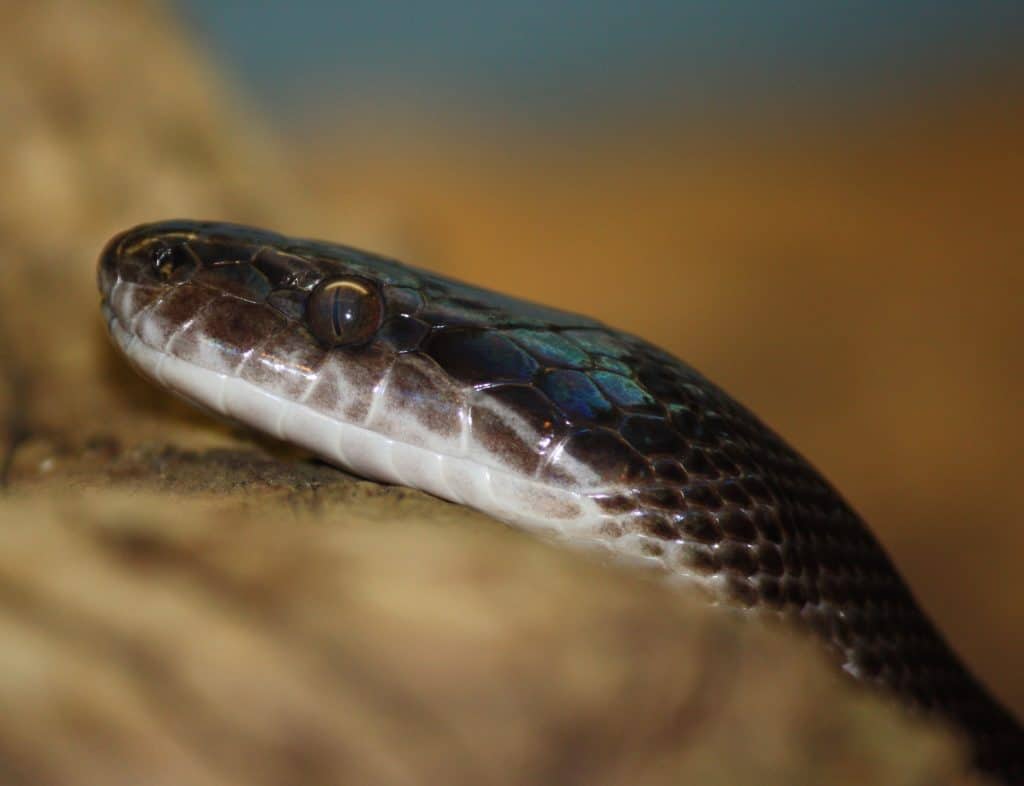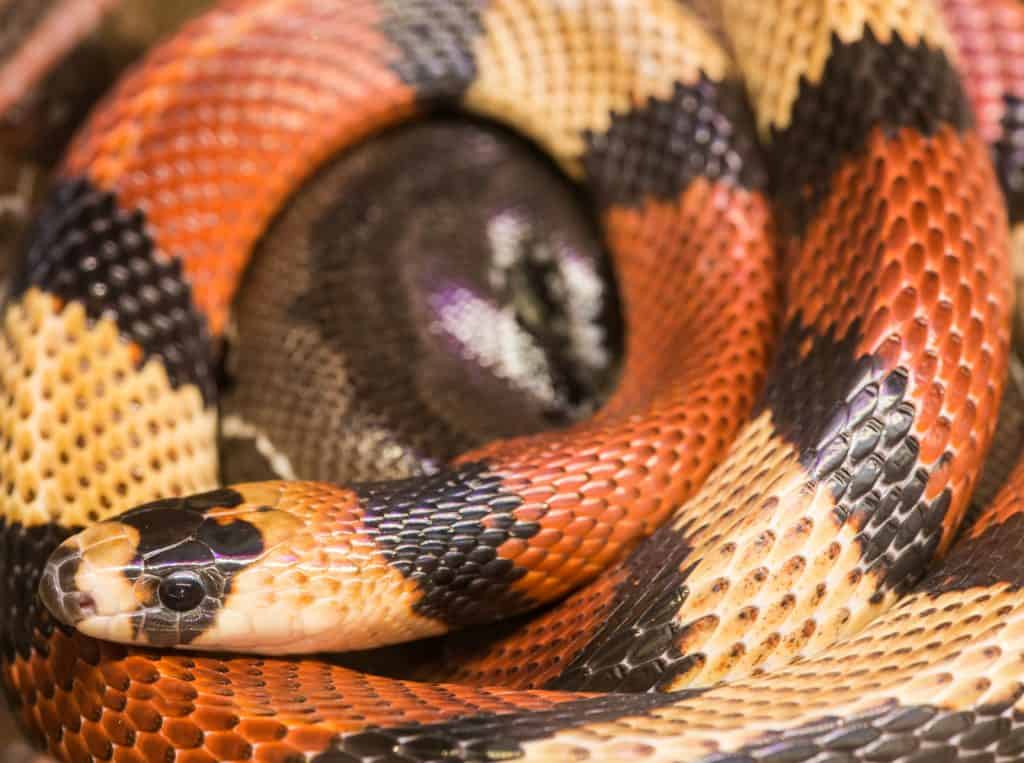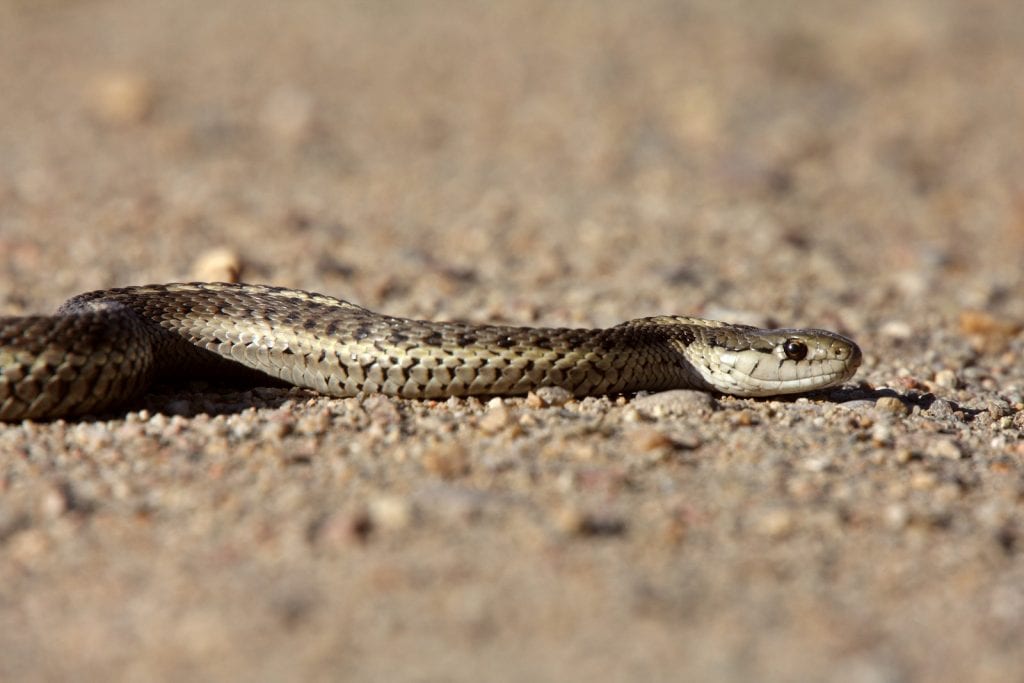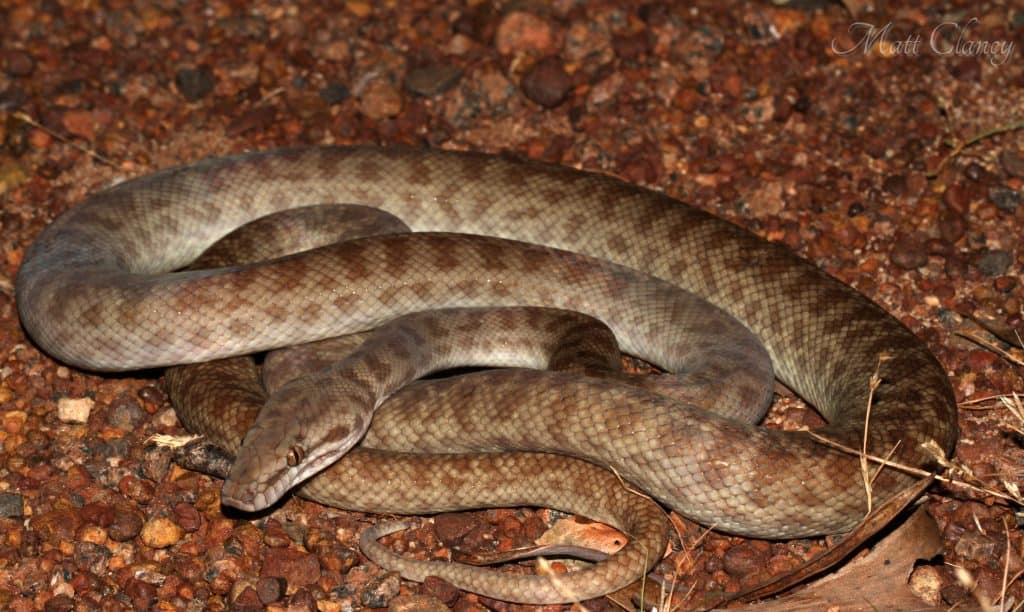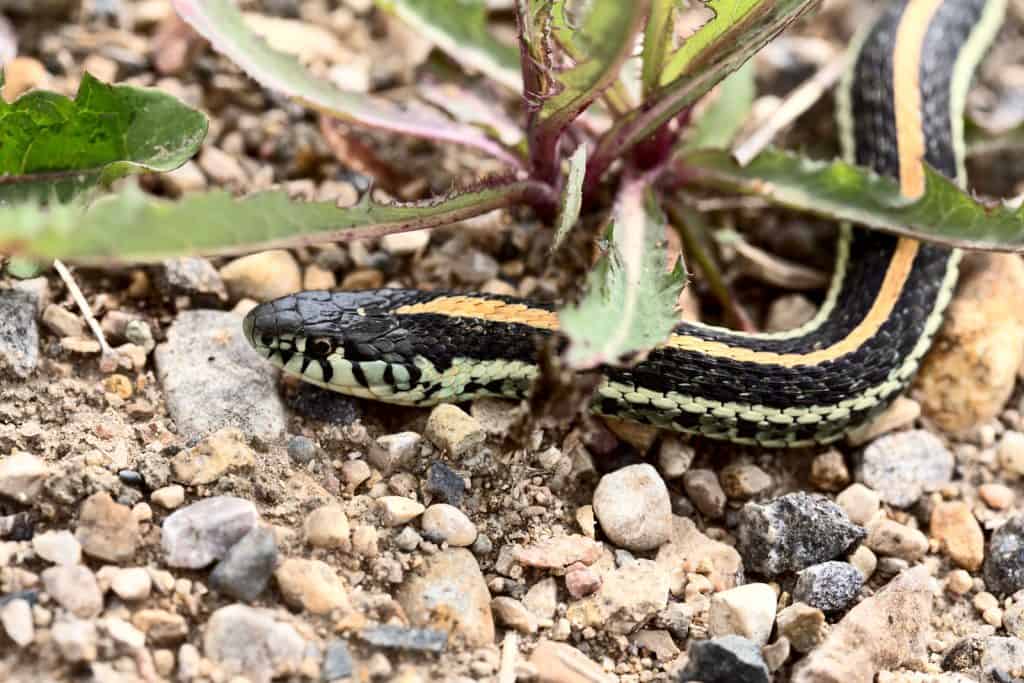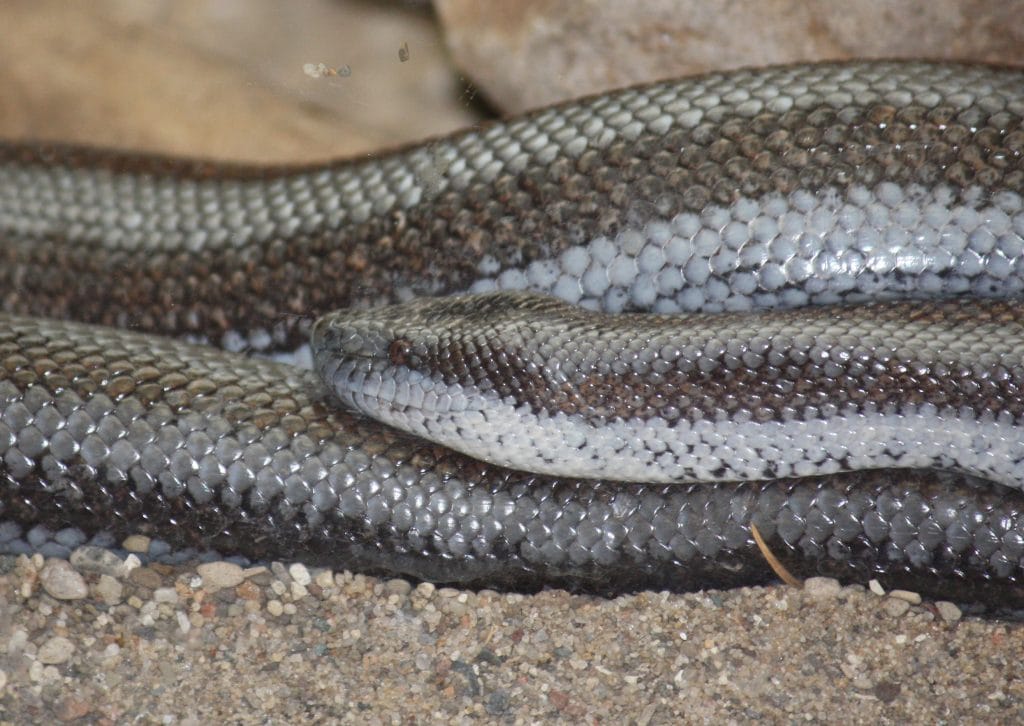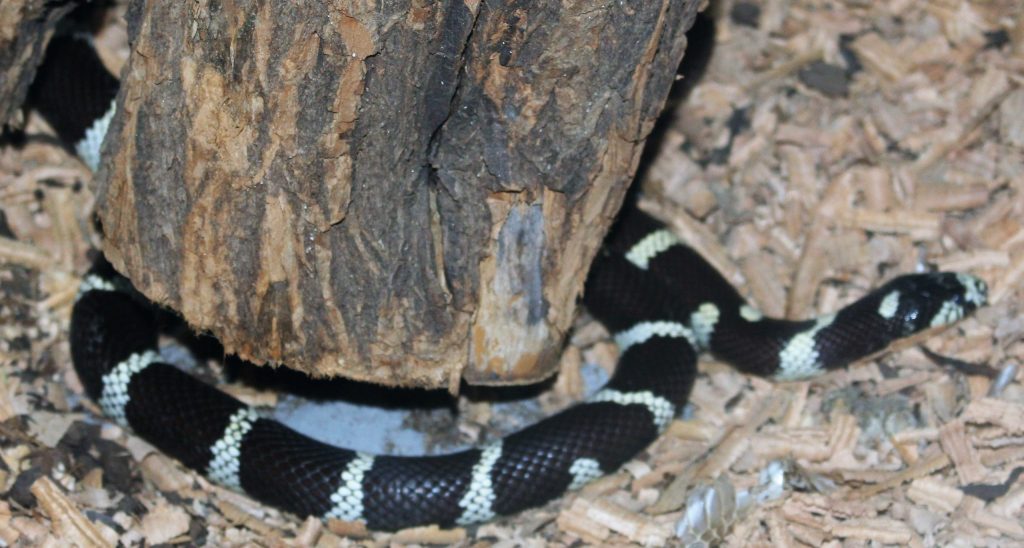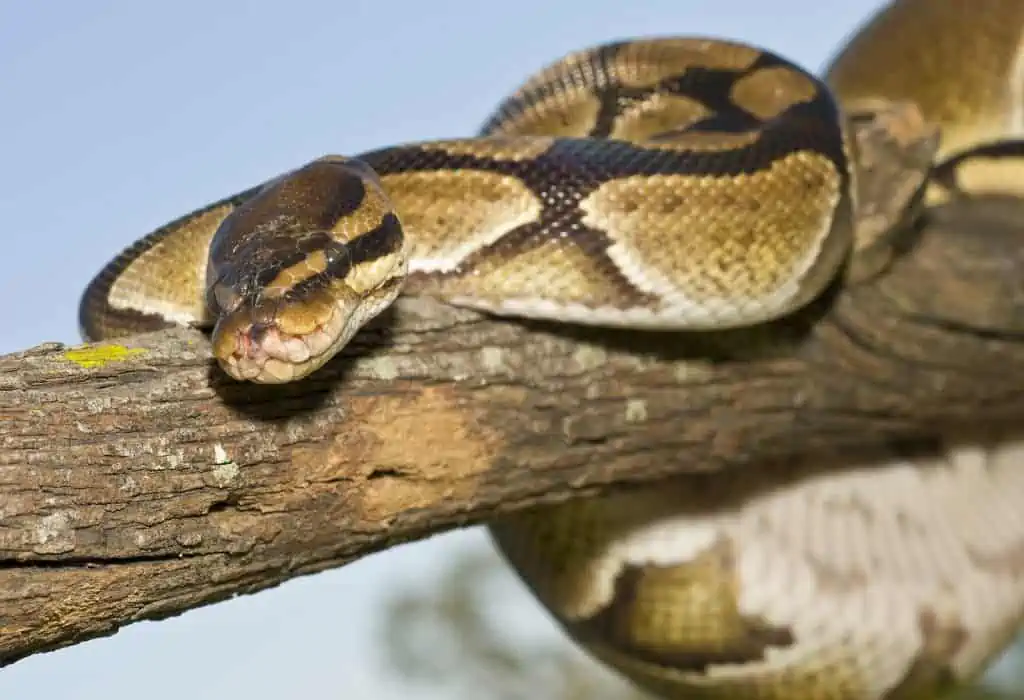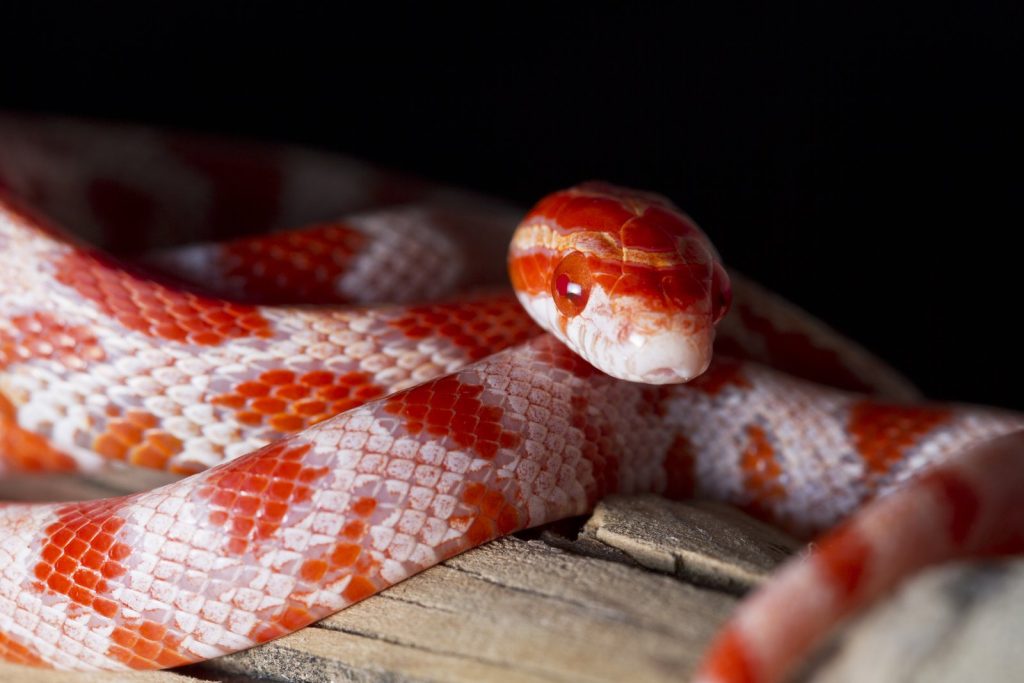Snakes have always captivated me, and maybe you feel the same. Their intricate designs and intriguing behaviors never fail to fascinate me. To some, they might seem awe-inspiring or even a bit scary. But nowadays, more people realize these enigmatic creatures can be much more than wild animals. Believe it or not, they can be gentle and docile pets.
Here’s what I’ve learned and what you should take away:
- Unique Care Needs: Owning a snake is different, trust me. They need care that’s a lot different from your regular pets. Maybe you’ve had a cat or a dog, but this is a different ball game.
- Dietary Considerations: Now, this might surprise you. They’re carnivores. Their diet mainly has stuff like mice. That’s something you’ve got to get used to.
- Choosing the Right Snake: Not all snakes are the same! They come with their own personalities and needs. Some are cool for beginners, while others? They’re for the pros.
- Matching Expertise: Ensure the snake matches your confidence level and budget before getting one. You don’t want to dive in over your head.
I’ve put together this guide for those interested in diving into the world of snakes, like you and the 5.7 million other households already enjoying reptiles. It’s packed with insights and recommendations. So, whether it’s your first time thinking about it or you want to add another snake to your collection, I’ve got something for you.
11 Best Pet Snakes
Embarking on selecting the ideal pet can be a thrilling yet pivotal decision. Below, I have provided detailed information along with the pros and cons of each pet snake to help you make an informed choice that aligns perfectly with your family’s dynamics and lifestyle.
1. Western Hognose Snake
You will like the Western Hognose Snake if you want a smaller pet. They are only about 2 to 3 feet long and have a cute nose that curves up. They use their nose to dig in the dirt and are most active in the morning and evening.
Best for: Those who appreciate unique snake behaviors.
Pros
- Temperament and Handling: They are generally docile and easy to handle – one of the best pet snakes for beginners. They rarely bite and instead use bluffing behaviors such as:
-
- Hissing
- Flattening their necks
- Playing dead to deter predators
- Habitat and Food Requirements: Your Western Hognose Snakes will need a spacious enclosure with a substrate for burrowing, hides, a water dish, and a heat source. They feed mainly on rodents in captivity but can also accept:
-
- Amphibians (toads)
- Other reptiles (lizards)
- Eggs of lizards or birds
- Maintenance: These snakes are relatively low maintenance and hardy. They do not need special lighting or humidity and can tolerate various temperatures.
- Life Span: 20 years in captivity
Cons
- They are also illegal or restricted in some states, such as Colorado.
- They are mildly venomous. However, their venom is not dangerous, but it can cause swelling, pain, and allergic reactions in some people.
2. Kenyan Sand Boa
You can also consider getting a Kenyan Sand Boa as your first snake pet. These reptiles like to dig in the sand and catch their food by squeezing it. They are one of the world’s smallest boas (maximum ~2.6 feet long).
Best for: Those seeking low-maintenance, small pet snakes with a gentle temperament, perfect for burrowing enthusiasts.
Pros
- Temperament and Handling: A Kenyan Sand Boa is a calm, gentle soul that won’t bite or attack you. You can hold and play with it as long as you are careful and gentle.
- Habitat and Food Requirements: These friendly boas are big fans of burrowing and love hiding under the bedding or in hides. These little fellas like to devour mice and other rodents.
- Maintenance: The Kenyan Sand Boa truly shines in the low-maintenance department. They usually stay in tip-top shape as long as they have:
-
- Proper water
- Humidity
- Consistent shedding
- Life Span: More than two decades.
Cons
- Kenyan Sand Boas hide under the substrate most of the time, making them less visible and less interactive than other snakes.
- They give birth to live young instead of laying eggs & may experience complications during pregnancy, such as dystocia.
🐍 Don’t want to feed rodents? Check our list of the best pet snakes that don’t eat mice
3. African House Snake
These are awesome snakes that make great pet companions. They have a dark brown color that makes them look cool. They can grow up to four feet long, which is impressive for a snake.
Best for: Owners looking for a visually striking snake that grows impressively long and becomes gentler with regular handling.
Pros
- Temperament and Handling: When they are young – African House Snakes are more likely to bite, but they usually calm down and become very gentle with regular handling.
- Habitat and Food Requirements: This friendly pet needs a certain humidity (40% to 60%.) and temperature level (70°F to 90°F ) to live well in a cage. It enjoys climbing on branches and hiding in boxes. The snake likes to eat frozen mice or rats warmed up for it.
- Maintenance: These companion snakes are low-maintenance pets; you only need to:
-
- Change their water daily
- Spot-clean their substrate weekly
- Do a full enclosure cleaning every month or so
- Life Span: up to 20 years
Cons
- Young African House Snakes like to jump a lot – so be careful when you open the lid of their cage.
4. Milk Snake
The Milk Snake fits the bill perfectly: low maintenance and enduring. They are constrictors, which means they wrap around their prey but are not strong enough to harm you.
Best for: Those who appreciate vibrant colors.
Pros
- Temperament and Handling: These companion snakes are docile and rarely bite, but they must be handled gently and regularly to get used to human contact.
- Habitat and Food Requirements: Baby Milk Snakes can fit 10-gallon tanks, but adults need ~60-gallon tanks. They prefer 75°F to 90°F temperature range and humidity between 40-60%. Opt for frozen pre-killed rodents for feeding – a gourmet delight for these remarkable serpents.
- Maintenance: Milk Snakes are susceptible to respiratory issues like pneumonia or colds. So, it’s wise to ensure their well-being through routine consultations with a reptile veterinarian specializing in their care.
- Life Span: Up to 22 years
Cons
- They are escape artists, so you must ensure their enclosure is well sealed.
- These serpentines may also release a musky smell or rattle their tail when they feel threatened, which can be unpleasant or scary for some people.
5. Gopher Snake
Gopher Snakes present an excellent choice for those seeking a gentle and friendly snake companion. Their mild disposition makes them safe around people, as they pose a minimal threat unless provoked.
Best for: Those looking for a hardy snake.
Pros
- Temperament: Gopher Snakes are friendly and easy to handle as pets. They don’t mind being picked up and seldom bite – but they need careful and gentle handling.
- Habitat and Food Requirements: These reptile friends need a dry and moderate environment. They need a large, secure enclosure with a heat source and light cycle to regulate their body temperature. They are not picky eaters and will consume almost any kind of rodent.
- Maintenance: These serpentines are easy to care for, needing moisture during shedding. You can learn to detect shedding signs and keep damp paper towels in hiding boxes.
- Life Span: Up to 33 years
Cons
- Certain Gopher Snake subspecies, like the Sonoran type, can grow up to 6 feet, making handling challenging.
- They are good at camouflaging and hiding, so you might not see them often in their tank.
- When threatened, Gopher Snakes mimic rattlesnakes by:
-
- Hissing
- Flattening heads
- Tail shaking
Often confusing or scaring unfamiliar observers.
6. Children’s Python
Hailing from Australia, Children’s Python, named after scientist John George Children, is a perfect child-friendly pet. With a modest size of up to three feet, it excels as a ground-dwelling snake, occasionally climbing trees.
Best for: Beginners due to its tame personality.
Pros
- Temperament and Handling: Usually mild-mannered, the Children’s Python is averse to head touching but amiable when held correctly.
- Habitat and Food Requirements: These reptile companions thrive in varied Australian habitats. Offer dual enclosures with:
-
- Plants
- Branches
- Hiding spots
- 50-60% humidity
- Temps range from 71°F (cool) to 96°F (basking).
They eat mice/larger rats: young weekly and adults every 10-14 days.
- Maintenance: These slithery friends make for easy upkeep, shedding infrequently and generating minimal waste. Monthly enclosure cleaning and routine water changes suffice.
- Life Span: Up to 30 years
Cons
- If their habitat is not kept clean and comfortable, they may face health issues, such as:
- Respiratory infections
- Abnormal-shedding
- Parasites or scale rot
7. Garter Snake
Popular in North America for their moderate size, Garter Snakes are popular pets. Harmless and non-venomous pet snakes, Gartner snakes possess mild neurotoxin that affects only tiny prey.
Best for: Beginners due to its docile nature.
Pros
- Temperament and Handling: Garter Snakes are perfect companion snakes for people of all ages. Typically calm, Garters rarely bite when held – making them ideal for children.
- Habitat and Food Requirements: Garter Snakes, 2-3 feet (some 4 feet), suit 10-gallon tanks, but I advise providing a 20-gallon. They need warm (85°F) and cool (75°F) sides in their tank. Their diet includes:
-
- Small fish
- Earthworms
- Frogs
- Lizards
- Mice
- Maintenance: To thrive, these reptiles need a clean habitat. Regular spot cleaning (daily) and thorough cleaning every 4 weeks is recommended. In bio-active setups, spot cleaning and changing bedding a few times yearly helps.
- Life Span: 6-10 years
Cons
- Opting for a Garter Snake means more habitat cleaning due to frequent eating habits, demanding increased maintenance.
- These reptiles might release an unpleasant musk or excrete when upset, emphasizing the need for cleanliness.
8. Rosy Boa
Rosy Boas captivates with their alluring shades of brown, white, and pink, boasting beautiful orange, maroon, and black stripes. You’ll find these charming snakes in the western U.S. and Mexico.
Best for: Those of you who value a calm and docile snake.
Pros
- Temperament: Rosy Boas has a calm and friendly nature and is not prone to biting or emitting bad odors. They get along well with kids, but you should teach yours how to hold them safely.
- Habitat and Food Requirements: A Rosy Boa, nearly 3 feet when fully grown, is content in a 10-15 gallon tank. But for your peace of mind, a 30-gallon tank equipped with hides, a water bowl, and a heating pad is recommended. They enjoy a meal of mice or rats; you should feed the adults every 10-14 days.
- Maintenance: Owning these snakes feels effortless, with seldom cleaning and vet visits.
- Life Span: They might accompany you for up to 22 years.
Cons
- Being not the most active snake and nocturnal during summer, Rosy Boas might not offer you much entertainment.
- To mimic their natural brumation cycle, they might need a cooling period in winter, which could be a tad tricky for you to manage in captivity.
9. California King Snakes
These snakes are in the west of the U.S. and north of Mexico. They have been known to show cannibalistic tendencies, so you might want to keep them separated. Your snake can reach a modest length of around 5 feet.
Best for: Those of you intrigued by a snake with a strong prey drive, native to the western areas, and recognized for its peculiar dietary behaviors.
Pros
- Temperament and Handling: Adult California Kings rarely bite when you handle them properly; young ones might nip but tend to improve with interaction. However, if provoked, they can be aggressive, displaying signs of stress like:
-
- Hissing
- Curling
- Tail vibrations are similar to rattlesnakes.
-
- Habitat and Food Requirements: A 20-gallon tank is suitable for your adult, while hatchlings can be housed in smaller enclosures. Ensuring a temperature range of 75-88°F, water, bedding, and hiding spots is key. They prefer a diet of mice, starting from small pinkies for hatchlings and progressing to larger mice for grown ones.
- Maintenance: Any clean and odorless bedding works for your California King Snake. Just make sure yours has spaces to hide and burrow. Cleaning is easy since they don’t produce much waste.
- Life Span: They could be with you for up to 20 years.
Cons
- California King Snakes are the predators that hunt and eat other snakes, so you should never house them with other species.
- They have a strong prey response that can lead to possible accidental bites or injuries to owners.
10. Ball Python or “Royal Python”
Ball pythons earn their name from their defensive posture, curling into a compact ball. Cleopatra’s use of these snakes as living adornments earned them the moniker “Royal Pythons.”
Best for: Those who value a variety of patterns and colors.
Pros
- Temperament and Handling: Ball pythons’ size and docility differentiate them from other pythons. They are reserved around people initially; once comfortable, you can enjoy the extended bonding time.
- Habitat and Food Requirements: For Ball Pythons, a 40-gallon aquarium with a secure lid suits their length. As natives of humid regions, their habitat should maintain humidity (60-70%). They eat thawed, pre-killed frozen rodents.
- Maintenance: Ball Pythons are easily manageable, with weekly defecation and shedding every few months. Tank cleaning involves:
-
-
- Waste removal
- Bedding change
- Surface disinfection
-
- Life Span: Over 30-years.
Cons
- They’re prone to issues like mouth rot and respiratory concerns, potentially necessitating annual vet checkups from a reptile specialist.
- They may not eat well in captivity, especially if they are wild caught or stressed, so you must closely monitor their weight and appetite.
11. Corn Snakes
Native to the U.S., Corn Snakes inhabit terrestrial habitats. They’re a top choice for beginners, especially kids, due to their non-venomous, gentle demeanor (check out the best pet snakes for kids). These snakes are relatively small, averaging 3 to 6 feet.
Best for: Beginners due to its docile and gentle nature.
Pros
- Temperament and Handling: These reptilian friends are typically timid but readily adapt to handling and can crawl on people comfortably. Their good temperaments make biting uncommon.
- Habitat and Food Requirements: While a 20-30 gallon tank is good, I suggest opting for 40 gallons to accommodate potential size variations. Suitable bedding, climbing elements, and hiding spots are also crucial for their contentment. Corn Snakes eat frozen mice that are thawed to room temperature.
- Maintenance: Caring for Corn snakes is hassle-free due to their low waste and odor. Weekly, clean the habitat, change water (2x/week), maintain temp (75-85°F) and humidity (~60%).
- Life Span: Up to 20+ years in captivity.
Cons
- Most Corn Snakes are vulnerable to respiratory issues and fungal infections.
- These serpents need precise habitat setup, including heat and shelter, requiring initial investment and continuous care for their well-being.
Things To Consider Before Choosing a Snake as a Pet
Snakes are fascinating and beautiful animals, but they are not suitable for everyone. Before getting a snake as a pet, you should consider the following:
- Research the Species You Want: Different snakes have different needs and behaviors:
-
- Some are more active
- Some are more docile
- Some are more-venomous
- Some are more difficult to care for.
You should learn as much as possible about the reptile buddy you want and ensure you can provide it with the proper habitat, diet, temperature, humidity, and handling.
- Consider the Costs: Snakes can be expensive pets to own. Besides the initial cost of buying your reptile friend and the enclosure, you will also need to pay for the following:
- Food
- Bedding
- Veterinary care
- Electricity bills
I urge pet parents to make a budget and see if they can afford to keep a snake in the long term.
- Prepare the Enclosure: Your slithery friend will need a secure and comfortable enclosure that mimics their natural environment. So, you must buy a large terrarium for your buddy snake, substrate materials, hiding places, heating sources, lighting, and water dishes.
- Be Ready To Feed Your Snake Live or Frozen Prey: Snakes are carnivores and need to eat whole animals such as:
- Mice,
- Rats,
- Small birds, etc.
It would be best to be comfortable handling and storing these prey items and watching your reptile companion eat them.
- Handle Your Snake With Care and Caution: Snakes are not very social animals; however, handling your snake regularly can help it get used to you and reduce stress levels. So, it would be best if you were willing to handle your snake gently and securely – avoiding its head and tail.
- Know the Laws and Regulations in Your Area: Some companion snakes are illegal or restricted to own in certain areas due to their potential danger or environmental impact. You should check with your local authorities before buying a snake and make sure you have the necessary permits or licenses if required.
- Long-Term Commitment: Snakes can live for a long time, depending on the species. Some can live for over 20 years in captivity. You must be prepared to commit to caring for your snake for its entire lifespan.
So, if you decide to get a snake as a pet, you should be prepared to give it the best care possible and respect its needs and personality.
To Sum It Up!
When considering a pet snake for yourself, prioritizing safety and compatibility is key. The 11 options mentioned offer a range of sizes, temperaments, and care requirements. Remember that proper research is vital to ensure a harmonious environment for the snake and your family. The ideal size and docile nature of corn snakes and ball pythons make them excellent choices for kids/beginners. Meanwhile, Garter and King Snakes require slightly more experience due to their feeding habits.
Do you have concerns about introducing a pet snake to your household? Which snake’s charm has got you hooked? Are you leaning toward the Corn Snake’s carefree antics or the Ball Python’s suave demeanor? Let us know in the comments below.

